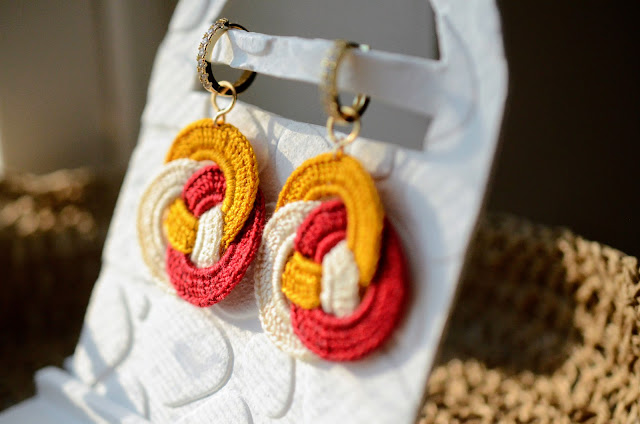Simplicity 2248 Review
 |
| This dress has pockets, which I love! |
See full pattern details here
First Impressions when opening the pattern:
- Directions were very clear
- Pattern seems efficient in terms of number of pieces (The main body of the dress is only 2 pieces, even though it is princess cut at the top).
I used a lightweight satin for most of the dress, and lace for the upper back and sleeves. This was also my first time sewing with any significant amount of lace, so that was a learning experience. I spent 3 days working on the dress, probably working about 5 hours on two of those days, and only about 2 on the third day.
Modifications I made to the pattern:
- Moved the starting point of pleats up 2 3/8" (to make it more empire waist, rather than natural waist). This was easily done on the pattern by moving the large dot markings up, and moving the cut line up as well. I did this mostly to accomodate a baby bump, but it looks very nice anyway.
- Added about 1/2" to the center front pleat by cutting 1/4" away from the fold. Again this is to accomodate a baby bump.
- Because the upper portion of my dress was lace, I did not want to finish the armhole edge all at once, so I extended the front and back facing to include the lower half of the armhole (I simply traced the upper edge of the bodice). I finished the upper lace portion by sewing a satin stitch along the edge.
- I also extended the upper armhole to give it more of a cap sleeve look, rather than sleeveless
- Upper back is sewn shut, rather than having zipper extend onto the lace. The neck is plenty wide to slip the dress over my head
- I cut the sash a bit differently so that it does not cover any of the lace (the pattern calls for the sash to extend above the bodice a bit, onto the sleeve/strap).
- I added straps underneath the lace, because the lace was not really strong enough to support the weight of the dress. I hand sewed these in place, because they were a late addition.
- I tied the sash differently than shown on the pattern :)
Tips I learned/used:
- I used a water soluble stabilizer with every seam that was lace on lace. It gives the pins something to grab onto, and ensures no stitches are skipped. Once you have it all done, the stabilizer dissolves in water. This is also how I finished the edges of the lace. I pinned stabilizer to the back, sewed a satin stitch along the edge (not the very edge, one seam allowance in), and then clipped the excess. I learned this technique here: Grosgrain Fabulous
- For the shoulder seams, which were lace on lace, I sewed them together normally (right sides together), then ironed the seam flat. I sewed a narrow satin stitch over the seam, and then clipped the remaining seam allowance away. This way there is no seam allowance visible (which looks better for a sheer fabric) and the satin stitch keeps it very secure.
- I used a narrow rolled hem foot to hem the sash, which worked well and made both sides of the sash attractive. However, there is a learning curve to using a rolled hem foot. I recommend watching a video tutorial and trying it on scrap fabric first! Video Tutorial by SewEtcetera
 |
| Even if my bump is big by May, this dress can accomodate it! |
Overall I would highly recommend this pattern. I plan to use it again soon to make a cotton sundress, which will be considerably less complicated due to the lack of lace :) I would say the pattern is only moderately difficult as packaged. Of course modifying it at all or using different fabrics than recommended ups the difficulty a bit. However, this was probably the one of the most complicated items I've made (mostly because if the fabric), and I found that by being very careful and not rushing, I was able to produce a dress I was very proud of!




Comments
Post a Comment